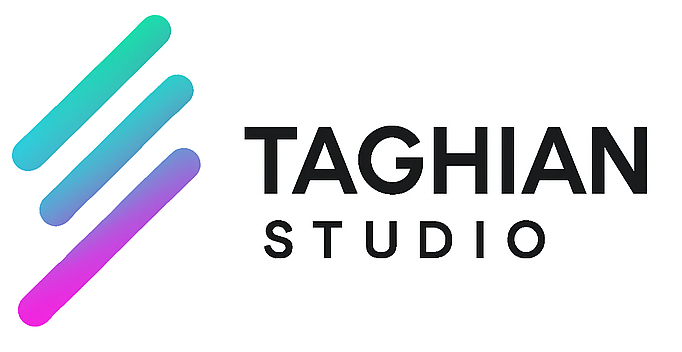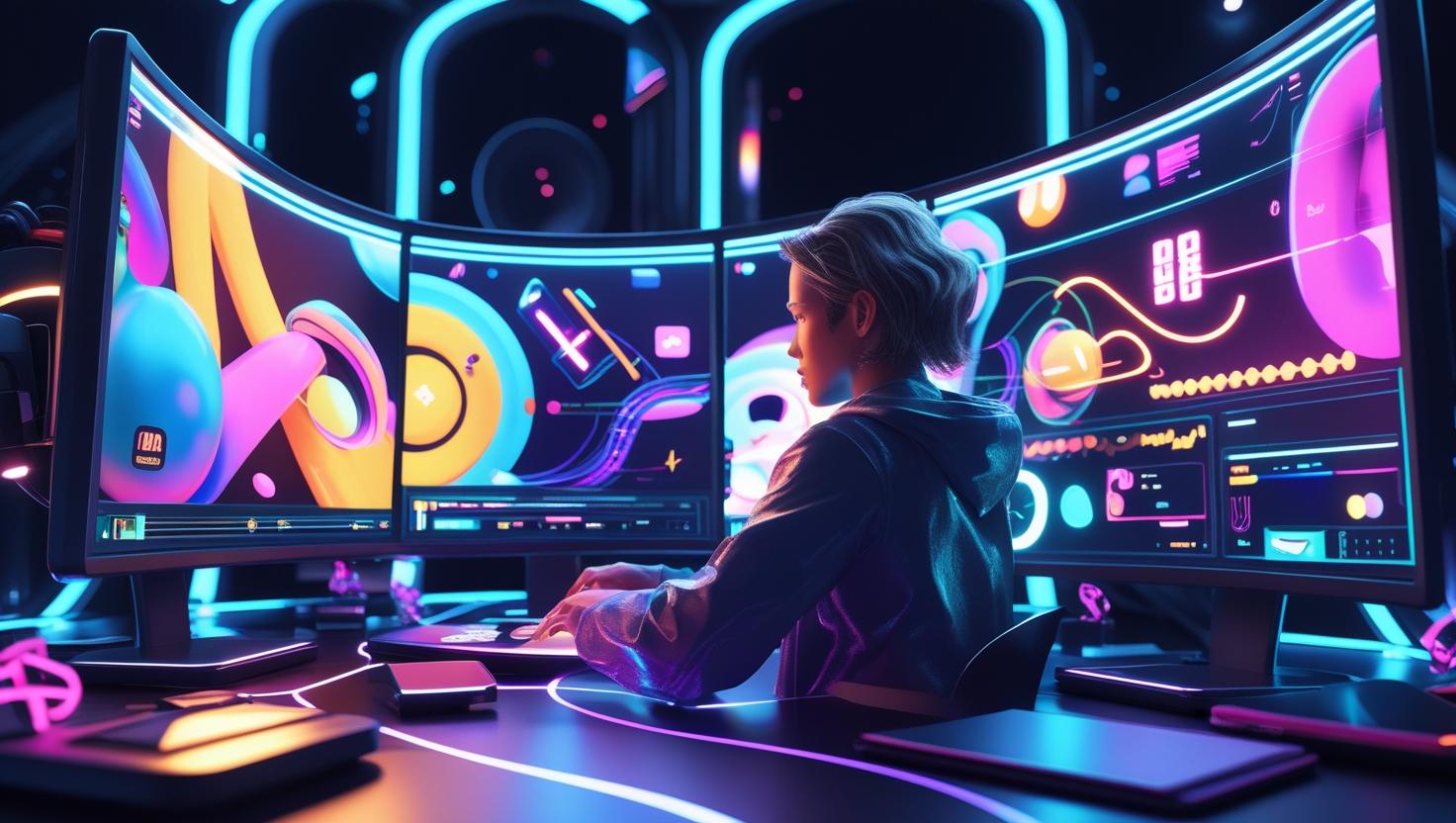Introduction
Motion graphics is a dynamic form of visual storytelling that combines graphic design, animation, and cinematic techniques to create engaging content. Unlike traditional animation, motion graphics focuses on abstract elements, typography, and icons to communicate ideas quickly and effectively. It’s widely used in advertising, explainer videos, social media, and UI animations.
1. Key Principles of Motion Graphics
1.1 Storytelling
Even short motion graphics need a narrative. Every element on screen should have a purpose — guiding the viewer through an idea, message, or concept.
1.2 Timing and Rhythm
Movement is all about timing. The speed, easing, and flow of elements can create emphasis, mood, or humor. Tools like After Effects’ Graph Editor help designers achieve smooth motion.
1.3 Composition and Layout
Just like static design, composition matters. Balance, alignment, hierarchy, and spacing make motion graphics readable and aesthetically pleasing.
1.4 Color and Typography
Colors evoke emotion; fonts communicate tone. Motion graphics often rely on bold typography and vibrant colors to capture attention quickly.
2. Tools for Motion Graphics
- Adobe After Effects – Industry standard for 2D motion design.
- Cinema 4D – For 3D motion graphics and modeling.
- Blender – Free alternative for 3D animation.
- Adobe Premiere Pro – For video editing and motion graphic integration.
- Figma & Adobe Illustrator – For creating assets used in animations.
3. Common Applications
- Explainer Videos – Simplifying complex ideas visually.
- Title Sequences – Movies, series, or apps often use animated titles.
- Advertising & Branding – Dynamic visuals for social media and campaigns.
- UI/UX Animations – Micro-interactions in apps or websites.
4. Best Practices
- Keep animations simple and purposeful; avoid unnecessary complexity.
- Use easing and timing to make motion feel natural.
- Keep a consistent visual language (colors, fonts, style).
- Test on different devices to ensure readability and clarity.
Conclusion
Motion graphics is a powerful medium that blends design, animation, and storytelling. Mastery of motion graphics requires creativity, technical skill, and a deep understanding of how motion affects perception. When done right, it transforms ordinary designs into engaging, memorable experiences.

